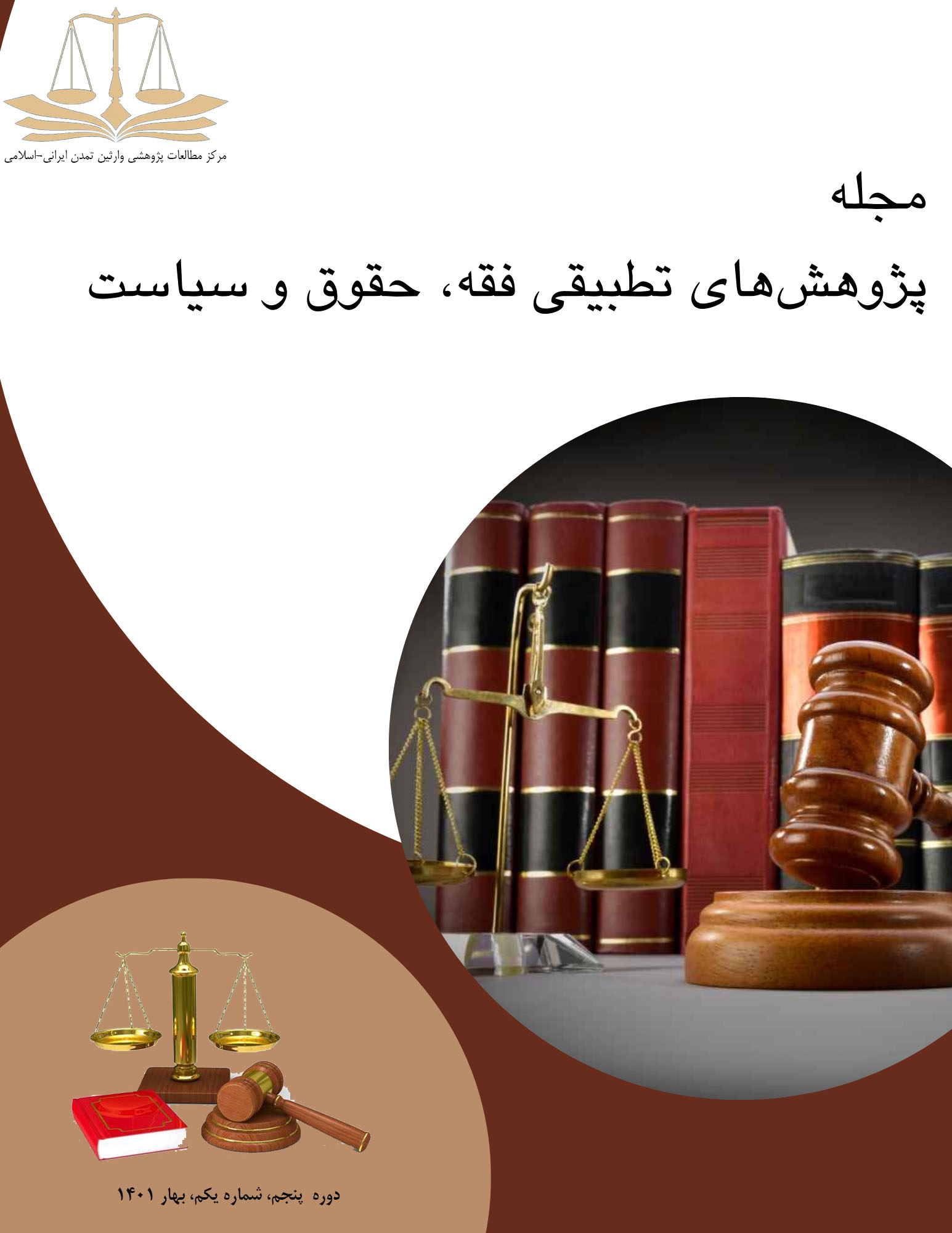Determining the Procedures for Dividing Common Properties in Iran's Registration and Judicial Systems with Attention to the Mechanisms for Dividing Jointly Owned Properties in the Country's Registration and Judicial Systems
Keywords:
Property division, common property, property rights, division of propertyAbstract
Ownership is one of the most significant concepts in civil law and serves as the foundation for numerous legal discussions. This is because even the most vulnerable individuals in society possess minimal and basic belongings and take actions to exercise ownership. Thus, it is essential to focus on the limits of the rights of co-owners, the methods of dividing common property in material and legal terms, and their legal rights and obligations toward one another. One such right is the transfer, division, and partition of a co-owner's share from that of others. This issue can be analyzed not only from the perspective of the will and consent of the co-owners but also in terms of the methods stipulated by law, as well as the nature of the jointly owned property. The purpose of this study is to examine the methods and procedures for dividing common properties in Iran's registration and judicial systems, with a focus on the mechanisms for dividing jointly owned properties within these systems. The results indicate that regarding legal dispositions, there is no need for the consent of other co-owners. However, if one of the co-owners leases their share, they may seek permission from any of the other co-owners to deliver the leased asset. Concerning jointly owned properties, it should be noted that if the property in question is registered in the official deed registry, the partitioning of the jointly owned property can be readily executed through registration offices.
References
Bakhtar, S. A. (2007). Rights of Registration in the Mirror of Examination. Jungle Javidaneh Publications.
Boulanger, J., & Translated by Alireza Mohammadzadeh, V. (1997). General Principles of Law and Positive Law. Law and Political Science(36).
Darvishi, B., & Mohseni, V. (2011). Examining the Selection and Qualifications of Notaries in the Legal Systems of Iran and France. Azad Legal Research(14).
Karimian, M. V. (2005). Legal Aspects of the Theoretical Definition of Official Documents. Specialized Scientific Journal of the Property Registration Organization of Iran(3).
Katouzian, N. (2005). Judicial Policy and Notary Offices. Law and Political Science(68).
Katouzian, N. (2007). New Values and Changes in Civil Liability. Qazavat(44).
Mahmoudi, J. (2006). Dejudicialization and Decriminalization. Theology and Law(19).
Mohaedian, G. (2016). Civil Procedure and Enforcement of Civil Judgments. Fekr Sazan Publications.
Mohammad Ali Nejad, B., & Shahab, F. (2018). Examining the Aspects of Using Cryptocurrencies in E-Commerce in Iran.International Conference on Innovation in Business Management and Economics Tehran.
Nasvan Beigi, H. (1997). Land Reforms of the Islamic Republic of Iran. 15th of Khordad Quarterly(25).
Poursaid, S. B., & Mahjoub, S. (2014). Feasibility of Official Documents with Witness Testimony. Raye Quarterly(19).
Shahri, G. (2007). Property and Document Registration Law. Jihad Daneshgahi Publications.
Downloads
Published
Submitted
Revised
Accepted
Issue
Section
License
Copyright (c) 2025 Mahdi Khaleghi Hassanaliabad (Author); Mehdi Fallah Khariki (Corresponding author); Ali Fotouhi Rad (Author)

This work is licensed under a Creative Commons Attribution-NonCommercial 4.0 International License.








